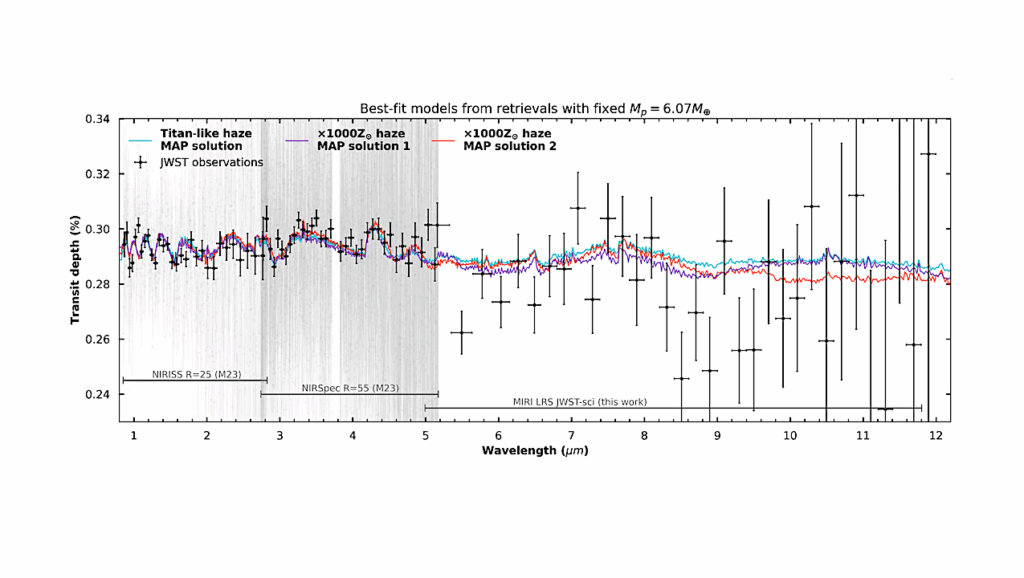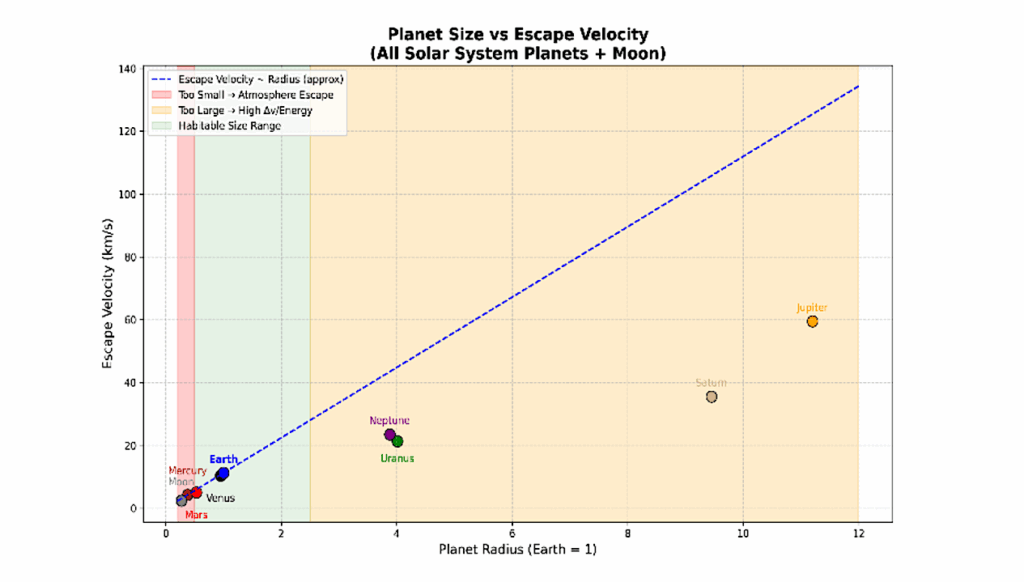Ammonia, Water Clouds and Methane Abundances of Giant Exoplanets and Opportunities for Super-Earth Exoplanets

Future direct-imaging exoplanet missions such as WFIRST/AFTA, Exo-C, and Exo-S will measure the reflectivity of exoplanets at visible wavelengths.
The exoplanets to be observed will be located further away from their parent stars than is Earth from the Sun. These “cold” exoplanets have atmospheric environments conducive for the formation of water and/or ammonia clouds, like Jupiter in the Solar System. We study the science return from direct-imaging exoplanet missions, focusing on the exoplanet atmospheric compositions. First, the study shows that a low-resolution (R=70) reflection spectrum of a giant exoplanet at 600 – 1000 nm, for a moderate signal-to-noise ratio of 20, will allow measurements of both the pressure of the uppermost cloud deck and the mixing ratio of methane, if the uppermost cloud deck is located at the pressure level of 0.6 – 1.5 bars.
Further increasing the signal-to-noise ratio can improve the measurement range of the cloud deck pressure to 0.2 – 4 bars. The strong and the weak absorption bands of methane allow the simultaneous measurements of cloud and gas; when the uppermost cloud deck is located shallower than the pressure level of 0.2, the weak bands are muted, and the cloud deck pressure and the mixing ratio of methane are not distinguishable from a single reflection spectrum. Second, future direct-imaging exoplanet missions may detect the broadband reflectivity of a few super-Earth exoplanets. If having H2O-dominated atmospheres, directly imaged super Earths are likely to have water clouds located shallower than 1E-3 bars.
The very high clouds on these planets would mute most gas absorption features except for H2O, and these planets would occupy a confined phase space in the color-color diagrams. Comments: Report of a quick study of science return from direct-imaging exoplanet missions, commissioned by the NASA Exoplanet Exploration Program on behalf of the WFIRST/AFTA Science Definition Team and the Exo-S and Exo-C Science and Technology Definition Teams
Renyu Hu (Submitted on 24 Dec 2014)
Subjects: Earth and Planetary Astrophysics (astro-ph.EP)
Cite as: arXiv:1412.7582 [astro-ph.EP] (or arXiv:1412.7582v1 [astro-ph.EP] for this version)
Submission history From: Renyu Hu [v1] Wed, 24 Dec 2014 01:38:27 GMT (726kb) http://arxiv.org/abs/1412.7582








